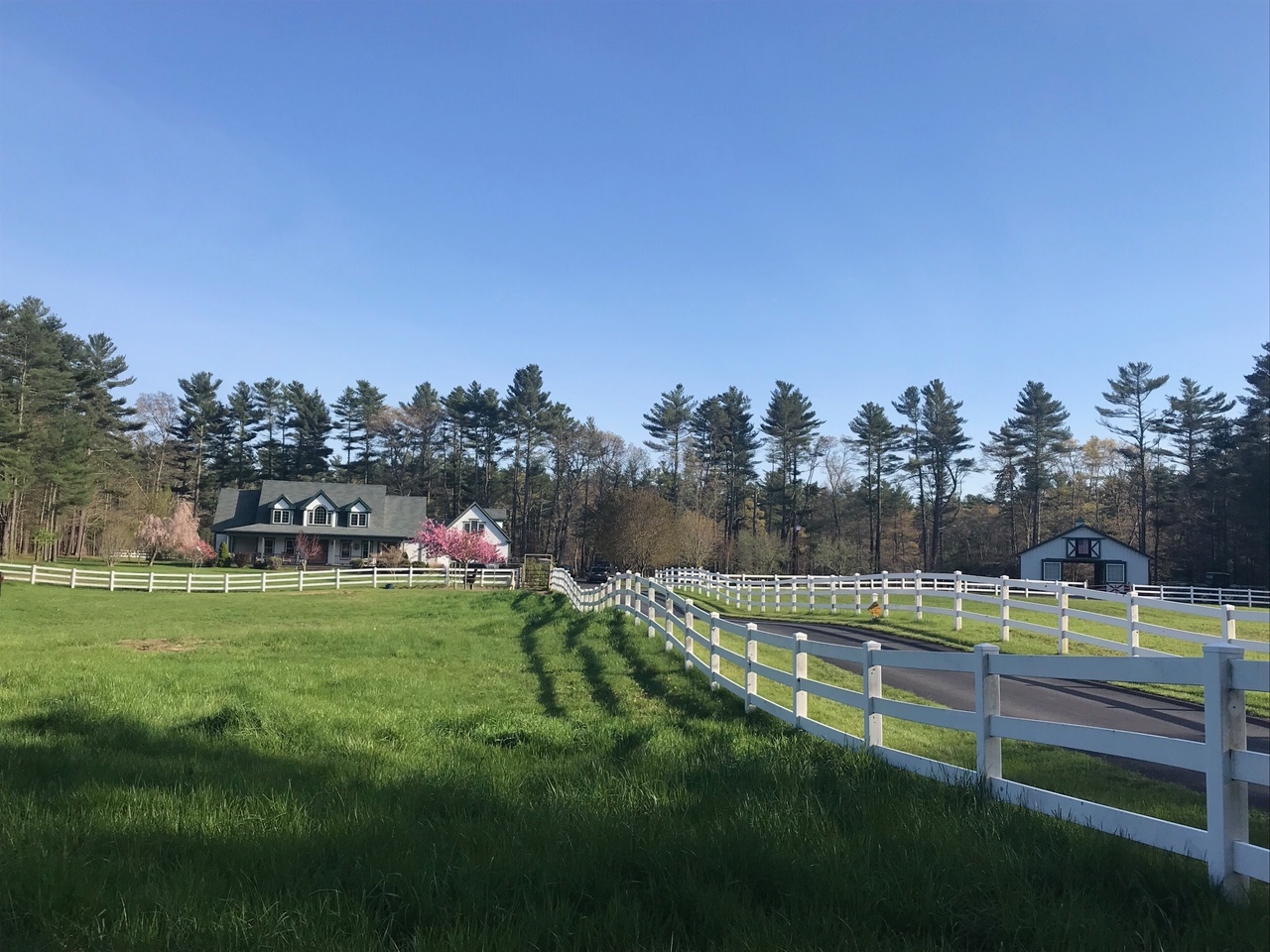
When I arrive at Sippican River Farm, a small alpaca farm located in the beautiful town of Rochester, Massachusetts, I am greeted by rolling green fields of fescue and orchard grass on both sides of the long driveway, one side now covered in a new layer of compost. The farm’s idea to spread their alpaca’s manure from last year as compost on the field is partly inspired from our alpaca carbon farming cohort, a project funded by a generous Fibershed grant.
Owned and operated for the past 20 years by Bronie and Cheryl Rozenas, Sippican River farm is snuggled into a large piece of property that the Sippican River trails alongside from the north at Leonard’s Pond until it dumps out a few miles away into Hathaway pond to the south. Across the street, in land located along the Sippican River and its tributary Hales Brook, is a 246-acre parcel owned by the Town of Marion and a 75-acre parcel owned by the Town of Rochester. Both parcels were acquired and preserved between 2003 and 2005 as part of a landscape-scale conservation effort to protect nearly 800 acres of East Over Farm and other significant lands along the Sippican River.
This is where we all take an “alpaca trek,” something the farm now offers, with two of their alpacas and talk while we walk.
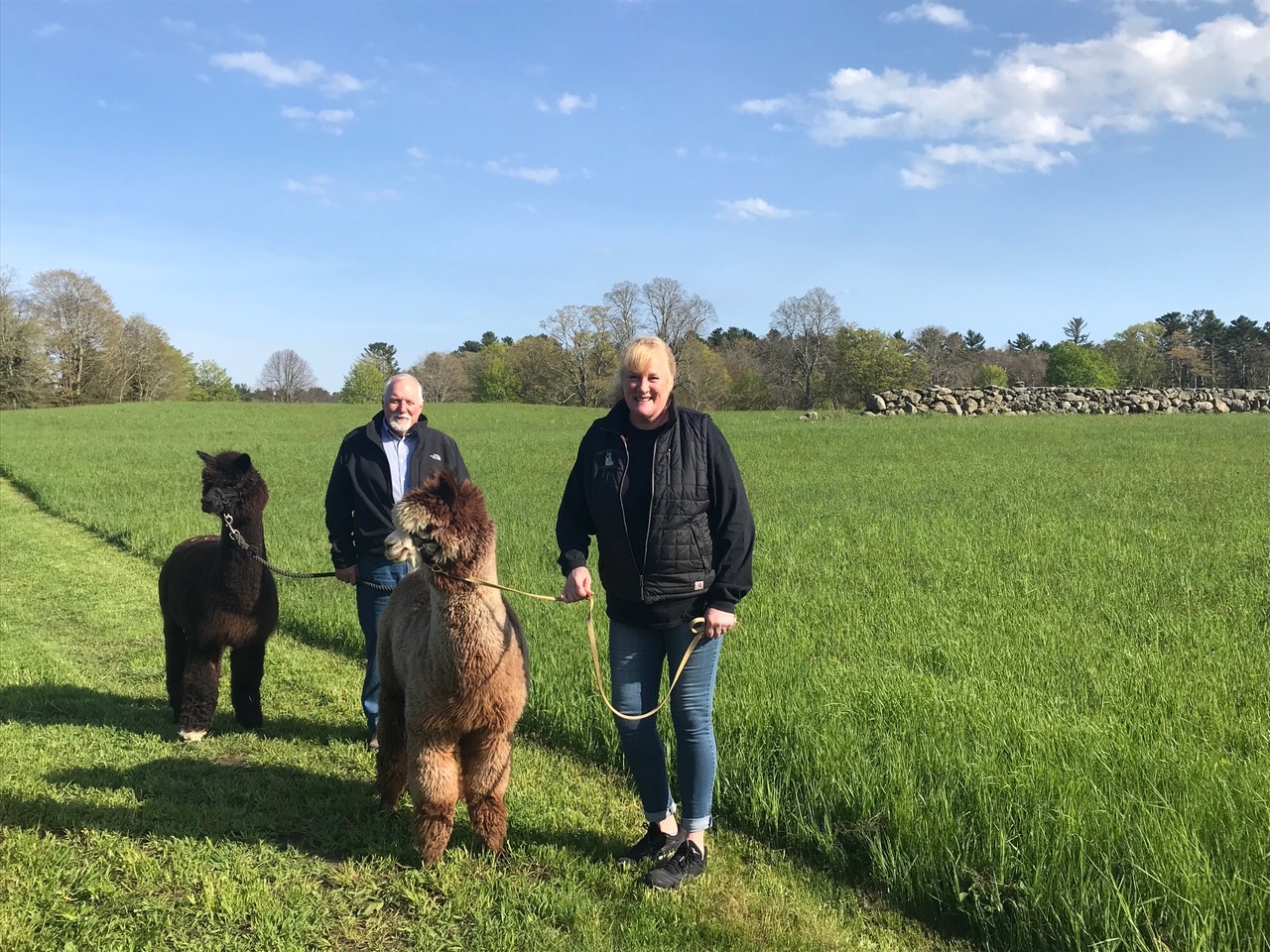
Bronie and Cheryl Rozenas on an alpaca trek
This is my first time alone with Cheryl and Bronie as we are usually jam packed into a conference room at the New England Alpaca Fiber Pool in Fall River where we meet for structured meetings with 5 other alpaca farmers and talk “regenerative farming.”
Regeneration International defines this type of agriculture as “farming and grazing practices that, among other benefits, reverse climate change by rebuilding soil organic matter and restoring degraded soil biodiversity – resulting in both carbon drawdown and improving the water cycle.”
Who wouldn’t be for that?
We have worked over the past 6 months with Sippican River Farm to help them begin developing ideas and link them to grants for a carbon farming plan for their pasture but it’s turned into more than that. We are learning as much from them as they from us. There are terms and politics alive and thriving in this that take us time to get through. And while our goal for this project is to “strengthen the local fiber farming community and encourage expansion in regeneratively-managed fiber animal grazing land” in Massachusetts by following Fibershed’s Climate Beneficial work, we are now learning how to bridge the gap in how we speak about “carbon drawdown,” “carbon farming,” and “global warming” into much more simple and digestible terms like “good soil” and “good farming.”
Bronie is upfront about why they joined the cohort when he says “We were unsure, but thought it would be good for our marketing.”
Fair enough. It’s hard to have 20 alpacas and make any money off all the time and investment put in financially not to mention physically taking care of a herd. Farmers also need to see new ways to talk about and promote what they do. This is also part of the project. Communicating out in new ways how one is a fiber farmer and why one would want to have a pair of mittens, socks or a hat from a local farmer.
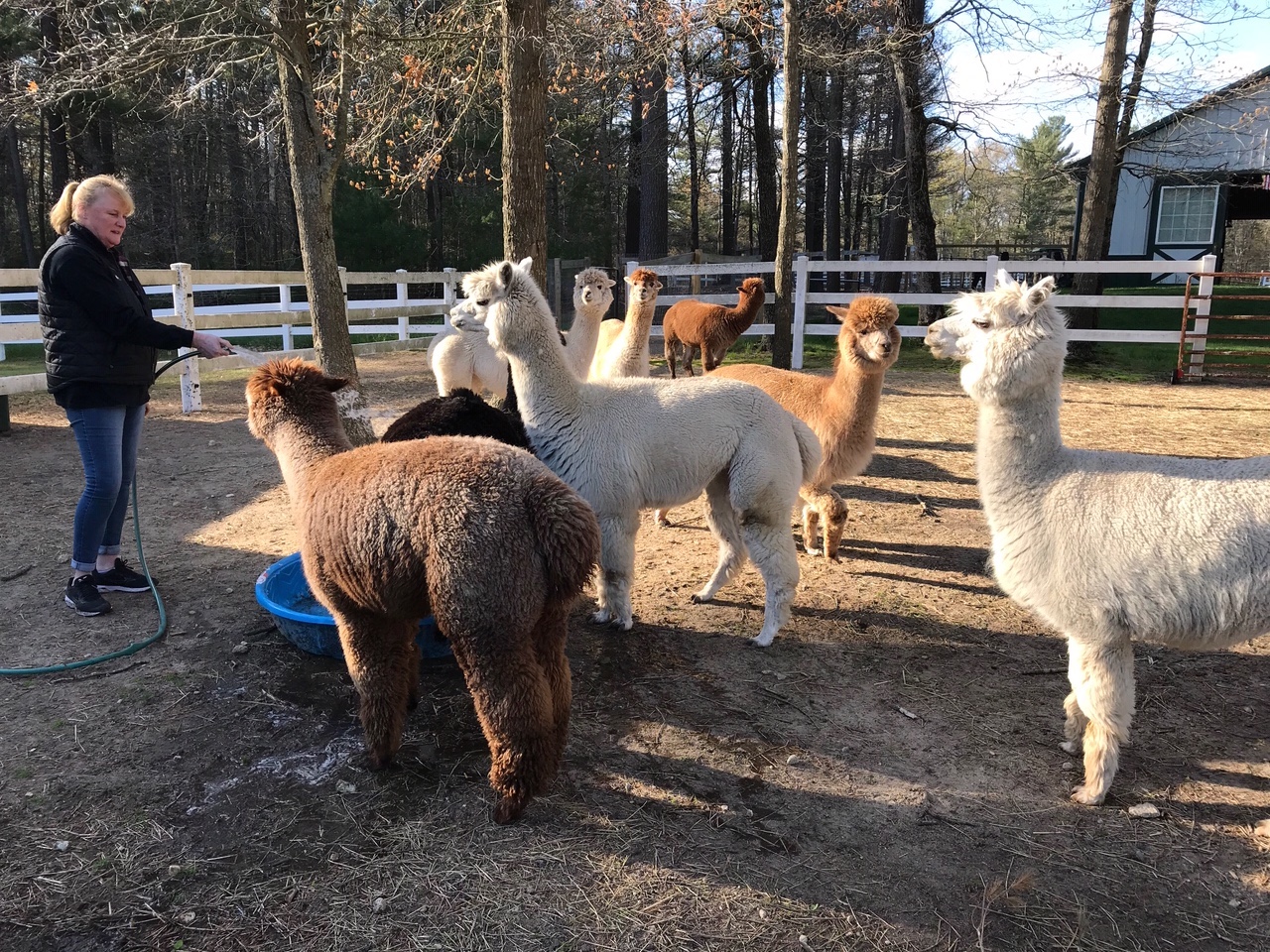
We take guidance from those farmers who are doing it successfully like Gabe Brown, a farmer in North Dakota who has been sequestering massive amounts of carbon into his soil through his regenerative farming approach, using cover crops of diverse species that he calls “chaos gardens.”
“Soil is a biological system. Its health provides the nutrients we need to sustain life thus it must be the focus of our operation,” says Brown.
Include in that inspiration farmer and scientist Sally Fox, a true pioneer of organic and non-gmo cotton, and an inspiring voice within the regenerative agriculture community. Sally has worked for decades in the Capay Valley of California northeast of San Francisco on her Viriditas Farm to develop strong genetics in her organic, naturally-colored cotton, as well as raising heritage Merino sheep and a variety of crops, including Sonora wheat. Her sheep, wheat and cotton work together symbiotically to create incredibly healthy soil chock full of microbes.
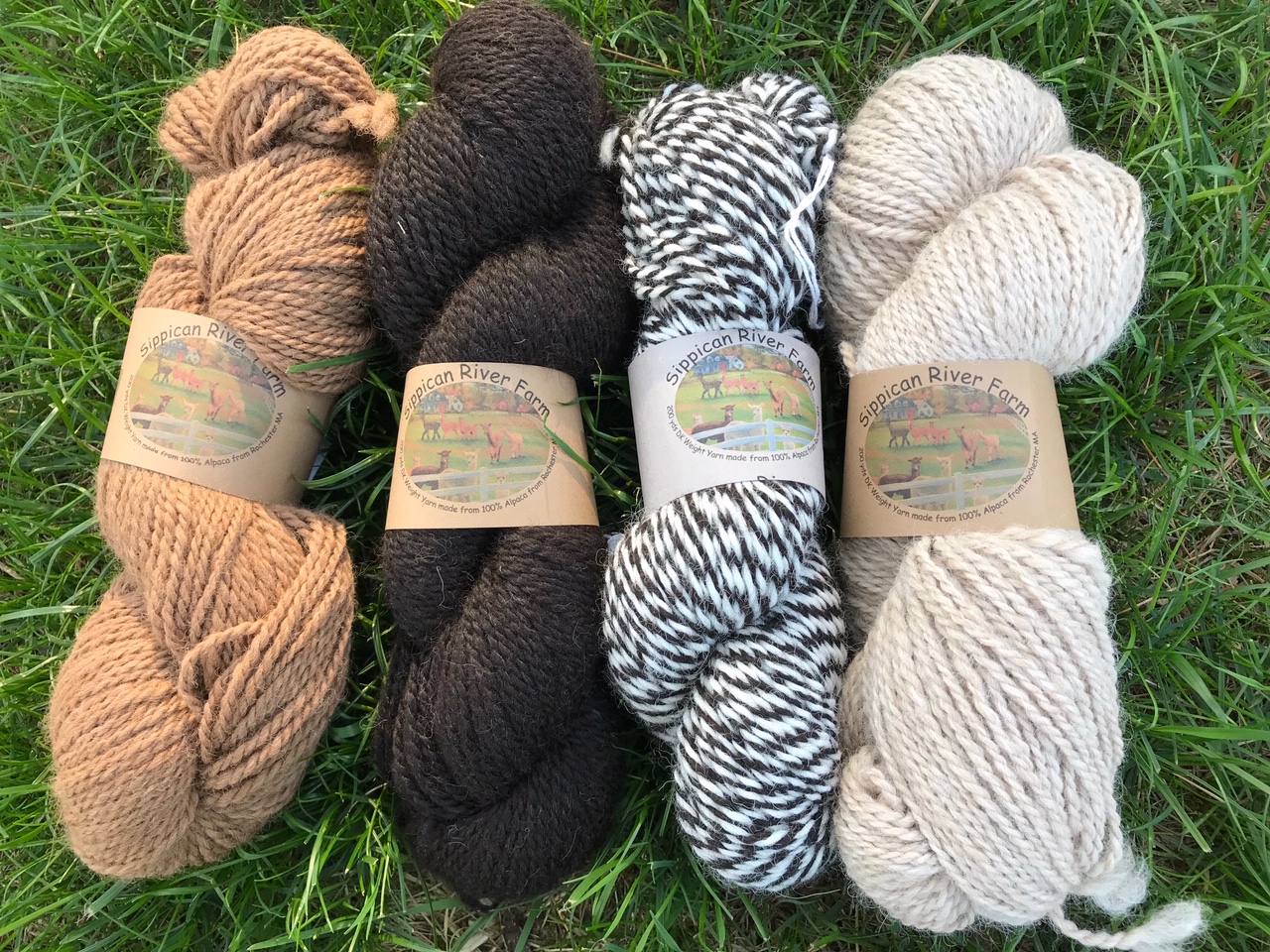
The Southeastern New England Fibershed team began discussing the idea of creating the 5-farm Carbon Farming Cohort that Cheryl and Bronie are part of inspired by Fibershed’s ongoing regenerative farming work. That vision took a step closer to reality when we were contacted by our key partner, Chris Riley of Golden Touch Alpaca Farm and the New England Alpaca Fiber Pool (NEAFP), who was interested in connecting with other local alpaca farmers to discuss carbon farming’s potential in their grazing and animal management systems. Through Chris, we were able to get all of the alpaca farmers to a table at NEAFP in Fall River, Massachusetts for 6 months.
At Sippican, many long hours go into making sure their alpacas have the best of love and care. Of this there is no doubt just from how sweetly they talk to their animals. The alpacas are sheared once a year in May and then the fiber is very carefully skirted and brought to NEAFP where it is processed and made into products that all bear the Made in the USA tag. The rest of the skirted fiber is washed and carded and made into batts or roving right there on the farm where Cheryl needle felts items from the batts into hand-felted soaps and wool dryer balls. Some of the alpaca fiber also goes into making Cheryl’s own skeins of yarn, hats and other beautiful knitted accessories.
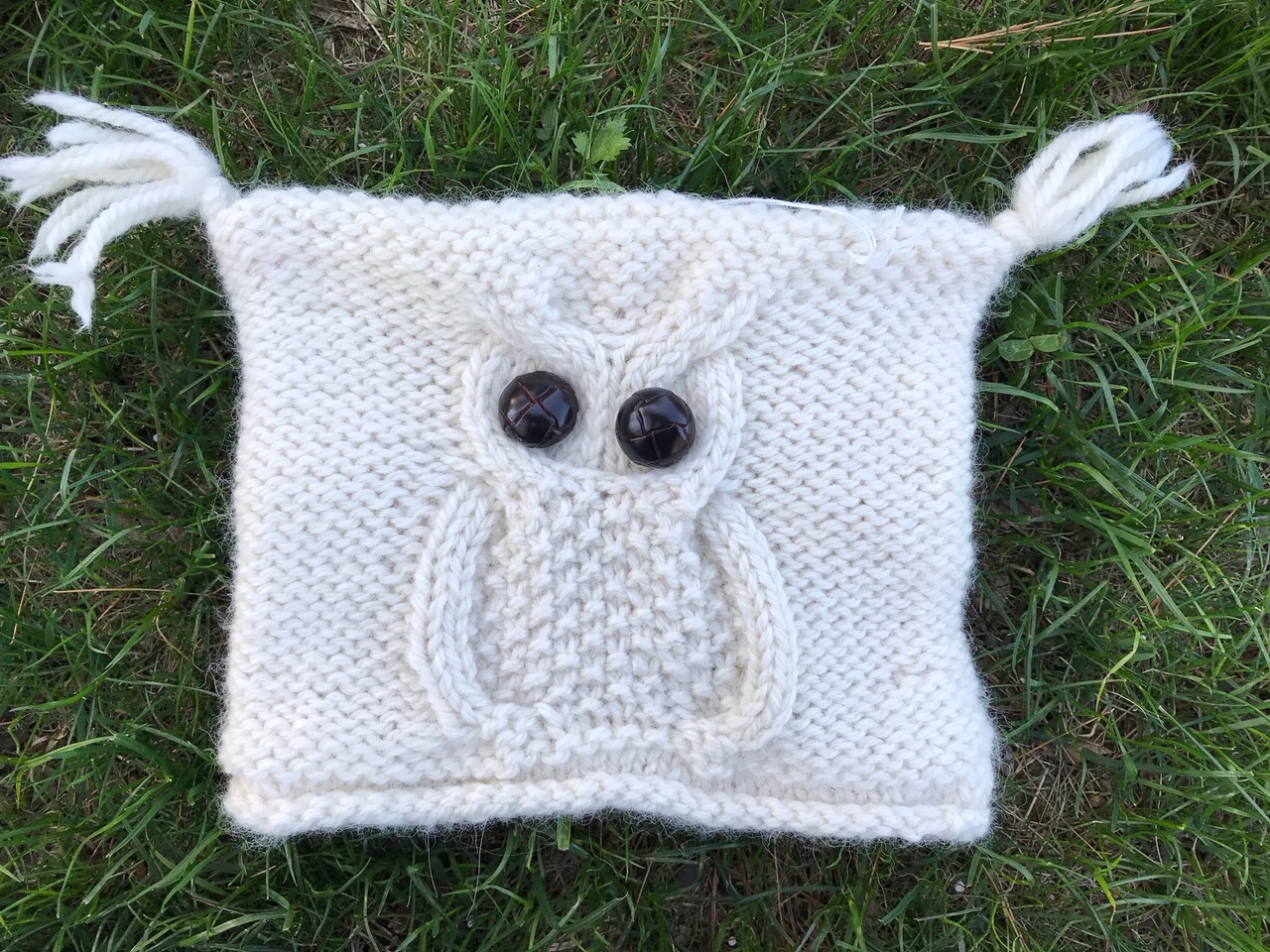
Over the spring and summer, Sippican has added 50 loads of 500 pounds of compost to the field and have added new fencing to act as a windbreak. While the compost builds the soil to be loamy and moist, it also helps in time of heavy rainfall where the water can sink deep into the ground rather than make the topsoil “runoff” carrying away valuable nutrients downhill. The soil’s improved ability to conserve moisture also makes it easier for grasses to withstand drought.
You might remember reading about the great Dust Bowl, a man-made disaster caused by over-plowed and over-grazed land that had an estimated loss of 850,000,000 tons of topsoil and spurred President Roosevelt’s large-scale Shelterbelt Project of planting tree windbreaks across the Great Plains to reduce future wind erosion. Regenerative farming, though as Bronie says is “not all that different than what we have been doing,” not only maintains resources but improves them. The Rodale Institute says with only about 60 years of topsoil remaining at current practices, nothing less will do.
Bronie says their field “was doing great until the real hot weather hit…we may have overgrazed it,” but the work they have done already means steps to learning how to better their farm’s soil, to find the right equation. For every region and for every farm, there are factors another won’t have and it will be up to Bronie and Cheryl to troubleshoot and try again.
In the meantime, Bronie and Cheryl don’t realize they have become activist farmers, helping to lessen climate change by keeping carbon in the ground. It’s true, I see them as that as I take a deep, peace-filled breath, sitting at a picnic table eating Cheryl’s homemade lemon squares and listening to crickets chirping louder as the sun goes down.
They call it “farming,” I call it saving the planet.
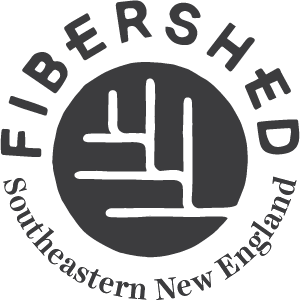
Interesting article that makes sense in a world of non sense. Thank you, Amy.